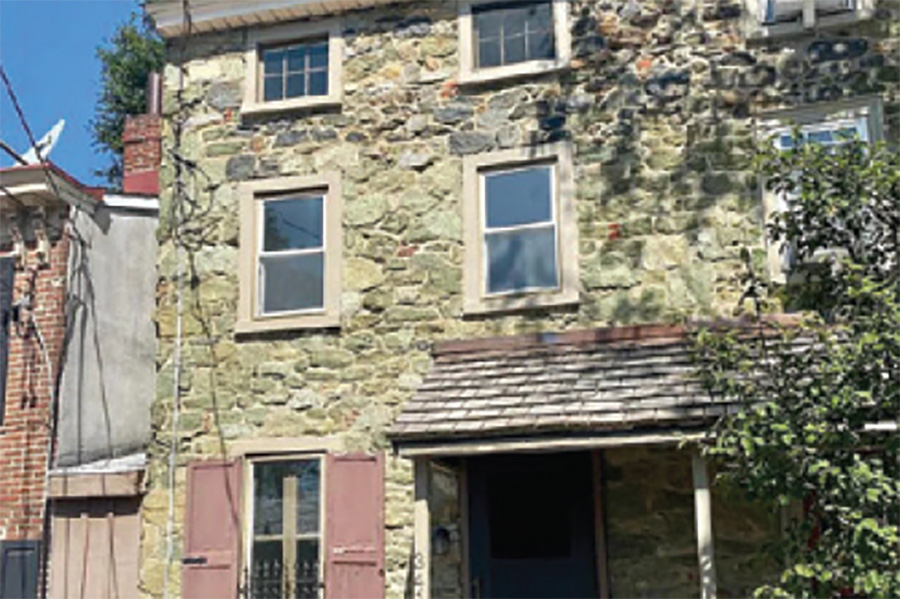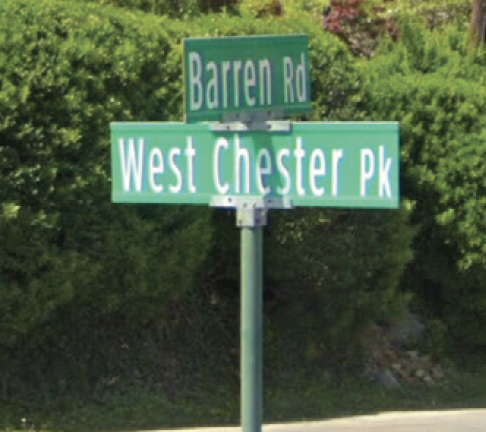 I am more poet than scientist. But I’ve run into mentions of “the Barrens” in my study of local history, and in doing so, I have learned just enough to be able to share it with my fellow poets. The scientists out there will likely want more.
I am more poet than scientist. But I’ve run into mentions of “the Barrens” in my study of local history, and in doing so, I have learned just enough to be able to share it with my fellow poets. The scientists out there will likely want more.
When David Morris came to our area in the 1680s. the good lands had been snapped up already. What were “good lands?” In a 17th and 18th century agrarian society, good lands had soil that was rich with nutrients for growing crops, well watered by local streams, with forest nearby to be able to harvest timber for hearth fires for cooking and heating, and meadows of grass for animals to graze on. There was a 50-acre tract at the Radnor and Marple line that was available, and so Morris bought the tract, then known as “the Barrens.” But no crops or even fresh grass would grow there. Why? Not far below the surface was a layer of serpentine rock, containing minerals such as nickel, magnesium and chromium that impeded growth of crops and large trees. As the Radnor Comprehensive Plan notes, “Early in the 19 century, the surrounding region was famous for its serpentine rock quarries. Serpentine stone was easily extracted from the earth and provided building material for many local structures and homes in earlier periods. Serpentine in the minerals associated with this formation, produce a sterile and toxic growing environment for crops and plants, hence the name serpentine barrens.”
 An account from a long-time resident recalled that “My mother and Anne Eachus used to ride their horses through the Barrens, looking for Sandy Flash and other highwaymen.” They may have done so because in the 1922 book that created Sandy Flash, two young boys were out hunting when “one small doe was viewed, off on the highlands of Radnor Barrens, but far too distant for a shot even had they cared to try for it.” An account of a 1913 fox hunt noted that “hounds ran at a faster pace over the meadows to Powder Rocks, then, reaching the (Broomall) hills again, they were brought to their noses as previously and worked their line on up-country, through Broomall to the Barrens, and on out to Bryn Mawr Avenue.”
An account from a long-time resident recalled that “My mother and Anne Eachus used to ride their horses through the Barrens, looking for Sandy Flash and other highwaymen.” They may have done so because in the 1922 book that created Sandy Flash, two young boys were out hunting when “one small doe was viewed, off on the highlands of Radnor Barrens, but far too distant for a shot even had they cared to try for it.” An account of a 1913 fox hunt noted that “hounds ran at a faster pace over the meadows to Powder Rocks, then, reaching the (Broomall) hills again, they were brought to their noses as previously and worked their line on up-country, through Broomall to the Barrens, and on out to Bryn Mawr Avenue.”
How would you get to “the Barrens” today? Just follow Barren Road down to the bottom of the hill!
For more on the history of Marple, visit the Marple Historical Society website and Facebook page, and join the Society to keep up to date on coming events: www.MarpleHistoricalSociety.org.
